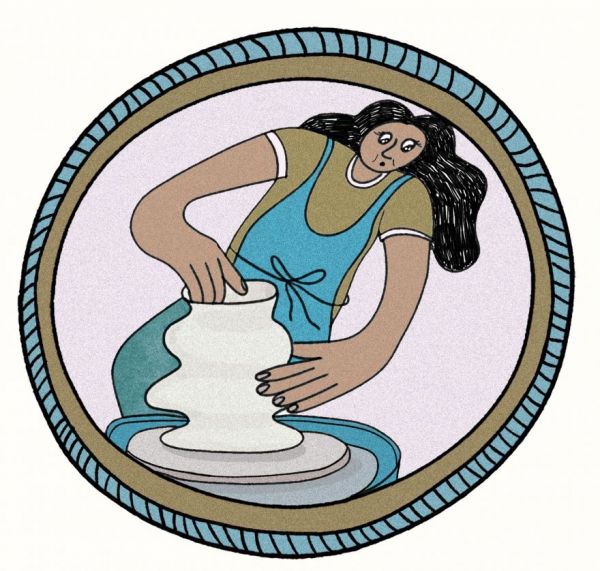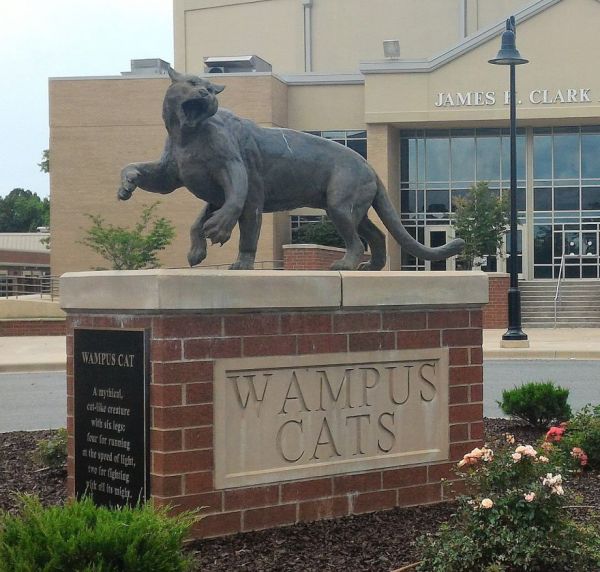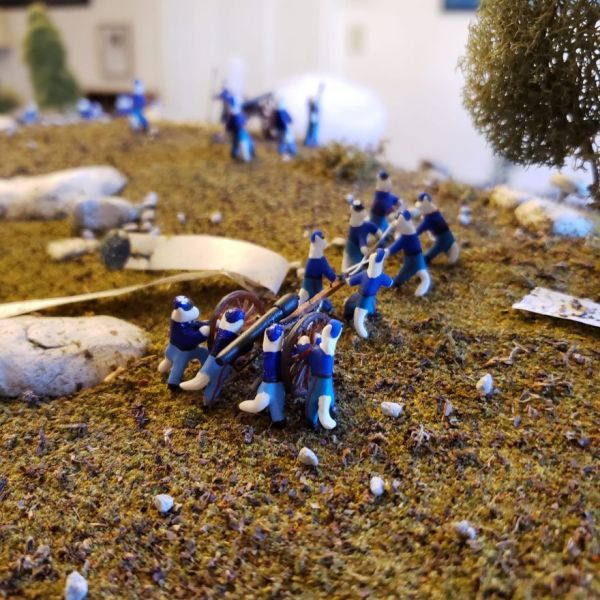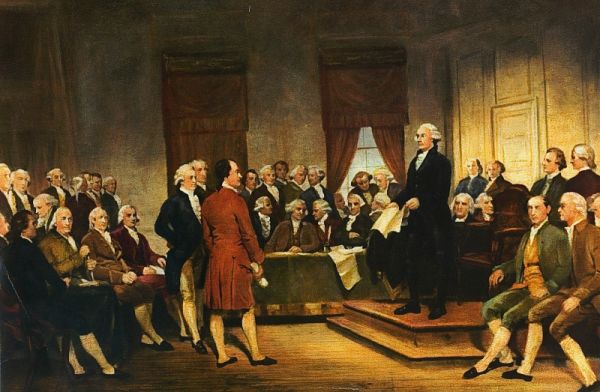
In the age of printers, e-books, the Amazon marketplace, and expiring copyrights, it's really easy to sell a book that one didn't write, and there is no shortage of people taking advantage of the opportunity. Anyone can release a new copy of a literary classic that's in the public domain with very little work. But these rapidly-produced books need a cover. The workshops that spew out all these novels don't want to take too much time designing a cover, so they do a Google search for art that will illustrate some word in the title, whether the title has anything to do with the story or not. The result is a glut of hilariously bad covers for books you know and love, or else were forced to read in high school.

You can bet your bottom dollar that the people who put these covers together have never read the book. They aren't even looking for good art, either, just easy art, like stock images, Photoshopped copies of things they've used before, or even something cooked up on Microsoft Paint. You'll get a laugh out of a collection of the worst covers called Public Domain Atrocities. If you want more, there are lists of covers here and here as well. And then there's this. -via Metafilter








